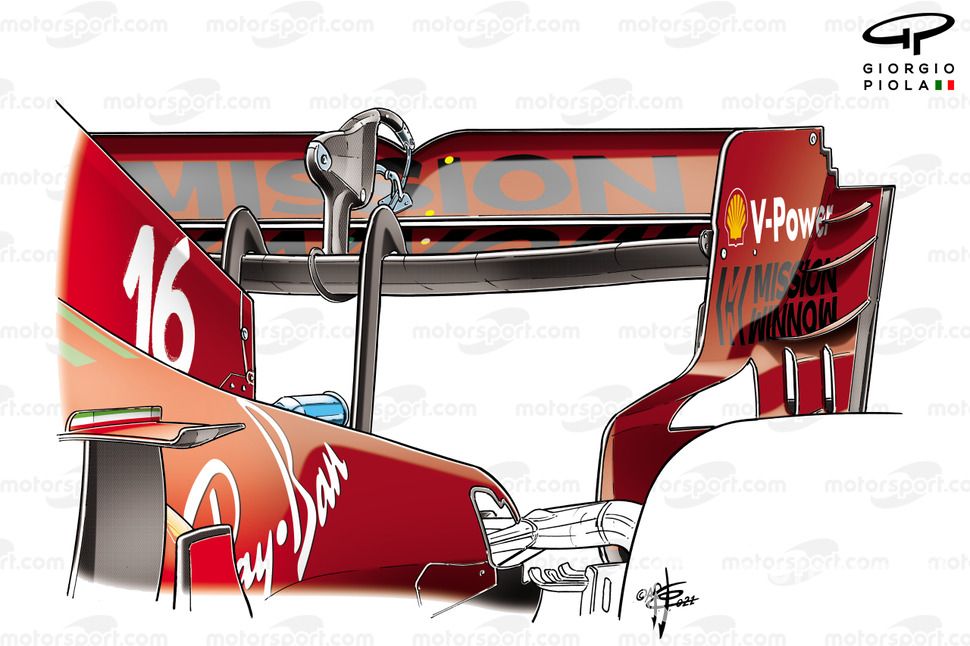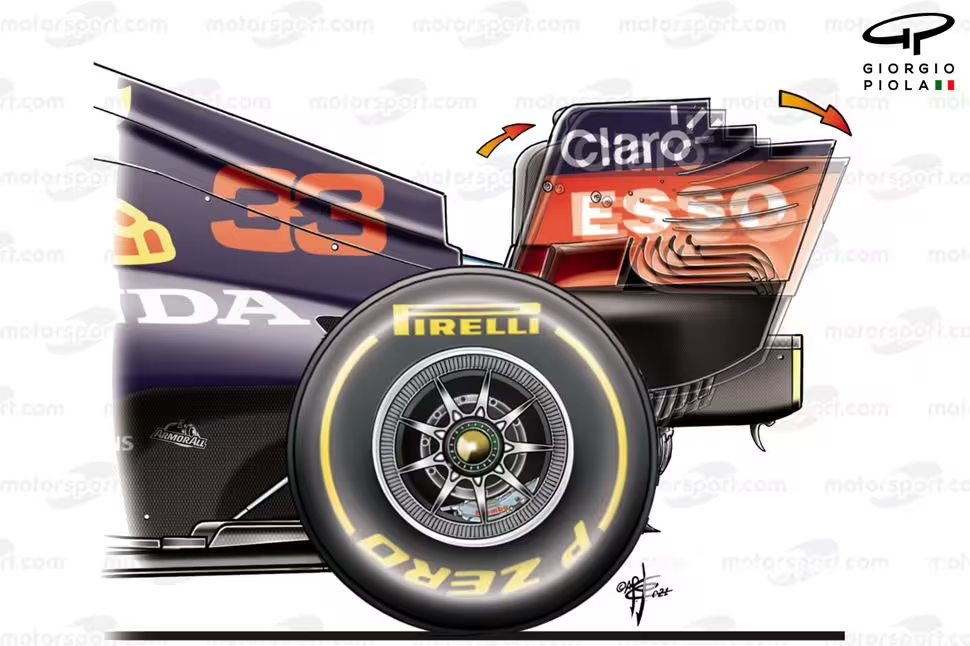Formula 1’s off-track political battles can often be as interesting as the action on track.
The fight to get technical innovations approved on your car, and taken off your rivals, has long been the name of the game in trying to get yourself to the front of the field.
One such battleground this year has been flexi-wings, with interest ramping up at both the front and the rear of various cars.
The situation is quite a delicate one, because flexible bodywork operates in a grey area of the regulations. Wings are passing the static load tests in the pits, but it is impossible to make parts that do not deflect to some extent when exposed to the huge aero loads out on the circuit.
At the very heart of the conflict therefore is how much movement the FIA considers to be fair game, and how much it views as blatant exploitation. These are lines that can move around – especially if competitors start lobbying with complaints.
The latest such debate has been about McLaren’s ‘mini-DRS’ on its rear wings. Although the design fully complied with the statutory load tests, politicking from rivals forced the FIA into discussions before it was agreed a change would be made.
While the flexing witnessed on the upper flap of McLaren’s rear wing was extremely obvious, given it was something we’ve not witnessed before, it is not the only trick that has been seen in the pitlane this year.
But, as always happens with these things, the probing of rivals depends on how much flexing is being done, and whether it is viewed as taking the Mickey or not.
McLaren’s rear wing was the main talking point in Azerbaijan, but it was clear that some of its rivals are rotating the rear wing assembly backwards to reduce drag, although some are doing it to a larger extent than others.
Red Bull Racing RB16B flecting rear wing
Photo by: Giorgio Piola

Ferrari SF21 rear wing FP1, Azerbaijan Grand Prix
Photo by: Giorgio Piola
And, given the FIA requested the teams add target dots on the rear wings in 2021 (see above, right, yellow dots added to the Ferrari rear wing), to allow it to monitor footage from the rear-view camera and see how much flexion was occurring, this behaviour now must mean that it is deemed acceptable.
Nothing new
Controlling the amount of flexion being used by the teams as a means to increase downforce and reduce drag is not even close to being a new issue for the sport.
Each regulatory cycle just ends up posing more…
Click Here to Read the Full Original Article at Motorsport.com – Formula 1 – Stories…

